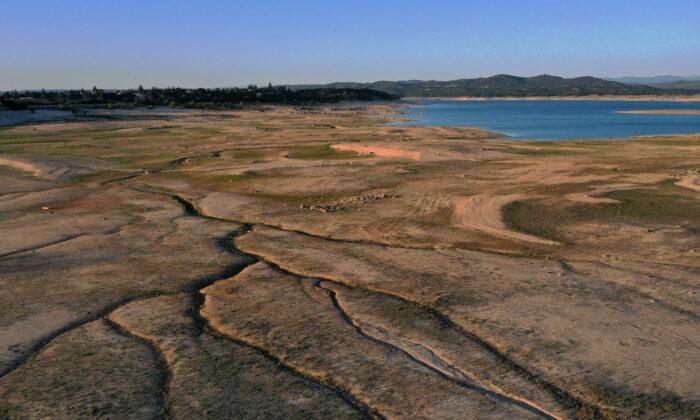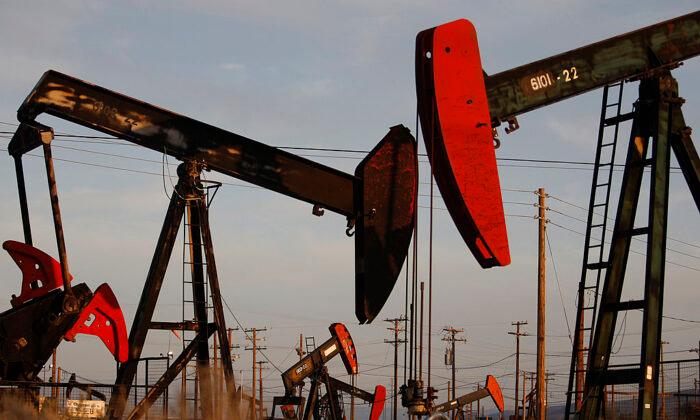As Californians cope with another blistering summer during what is their third consecutive year of drought, the state legislature has still done nothing of substance to upgrade California’s water supply infrastructure. From the Klamath Basin on the Oregon border to the Imperial Valley on the Mexican border, farmers can’t irrigate their crops, and in every major city, residents are having their access to water rationed.
Not only is California’s state legislature and various state and federal agencies failing to invest in new water infrastructure, but they are actively undermining attempts to deliver more water to the state’s residents. In May, the California Coastal Commission denied a permit to Poseidon Water to build a desalination plant that would have produced 60,000 acre feet of water per year.
If desalination is the irredeemable problem child of water infrastructure, according to environmentalists, surface reservoirs are its evil cousin. Hence the proposed Sites Reservoir, which would provide another 1.5 million acre feet of badly needed storage capacity, still faces what may be insurmountable odds: The requirement to allocate half of its yield to ecosystems means the remaining water the Sites Project Authority will be permitted to sell to cites and farmers may not be sufficient to qualify the project for construction loan guarantees.
The environmentalist assault on California’s water enabled civilization, unchallenged by the state legislature, is full spectrum. On the Klamath River, with an urgency that is entirely missing with respect to constructing the Sites Reservoir, or any other reservoirs, plans to remove four hydroelectric dams are moving quickly towards realization. Similar plans to demolish two dams on the Eel River are also moving forward.

There remains only one politically acceptable solution to water scarcity in California, and that’s rationing. But the cause of scarcity isn’t merely the worsening droughts we’re experiencing. It’s the active demolition of existing water infrastructure assets, an active and very effective institutional hostility towards constructing new water infrastructure, combined with relentlessly escalating prohibitions on how much water can be withdrawn from rivers and groundwater basins.
Water is life. If the planet is getting hotter and dryer, the last thing we should be trying to do is turn our cities into heat islands with desert landscaping, and taking our farmland out of production. We should be producing more water than ever, using every innovative infrastructure solution possible. We should be greening our cities and protecting our agricultural economy. We should be adapting, creating water surpluses to mitigate the hotter, drier seasons, not retreating into a parched, micromanaged, and rationed dystopia.
If environmentalist objections aren’t enough to stop water projects, the tremendous cost of these projects becomes the justification for inaction. But California’s state general fund, per capita and adjusting for inflation, has doubled in just the past decade. What have Californians gotten for all that spending? More crime, failing schools, mismanaged forests, outmigration of people and businesses, and water rationing? State funding of water supply infrastructure is necessary so amortization of the capital cost doesn’t impose an unsustainable financial burden on ratepayers. With so much growth in spending, no state politician can honestly claim there aren’t billions available to invest in water.
The clincher for opponents of water supply projects is the energy cost. But this, too, is inaccurate. Even the most energy intensive way of supplying water, though desalination, would require only a small fraction of the electricity Californians are planning to generate to usher in the electric age. If California’s grid eventually averages a 100 gigawatt load—and that is the absolute minimum necessary if the state legislature is serious about going all-electric—desalinating 2.5 million acre feet of seawater per year would only use one percent of that load.

Even the massive California aqueduct, with six pumping stations to transport water 450 miles from northern rivers into the Los Angeles Basin, only requires a net energy cost per unit of water delivered of about two-thirds that of desalination. As for wastewater recycling, millions of acre feet can be recovered at an energy cost equal to only one-third that of desalination. There is plenty of energy available to eliminate water scarcity in California.
Who will challenge politicians, media, corrupt bureaucrats, opportunistic oligarchs, and environmentalists, with a message of abundance and hope? Who will unswervingly assert that we do not have to succumb to rationing and impoverishing our lives in order to protect ourselves and the planet, that we can adapt, we can thrive, we can prosper, and we can set an inspiring example for the world to emulate?





